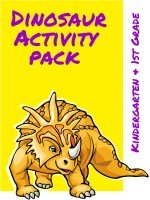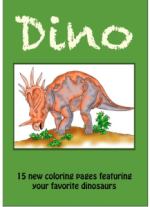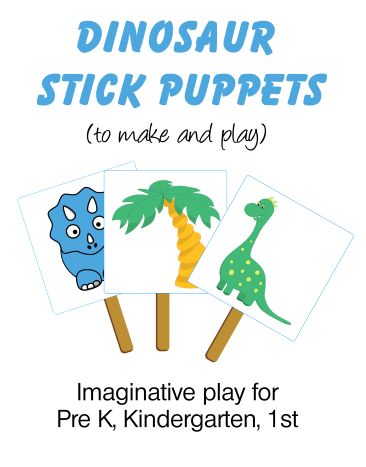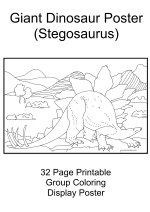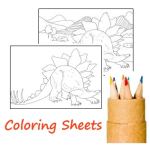Cretaceous Dinosaurs
The Cretaceous Period for Kids
Looking for information about the Cretaceous Era? Let's start with a list of the cretaceous dinosaurs.
Find out about which dinosaurs were around in this amazing period of time!
Cretaceous Period
The Cretaceous Period was an amazing time in history when the Earth's climate changed.The Cretaceous was the last period in which dinosaurs walked the planet. But there was still an amazing variety of dinosaurs around.
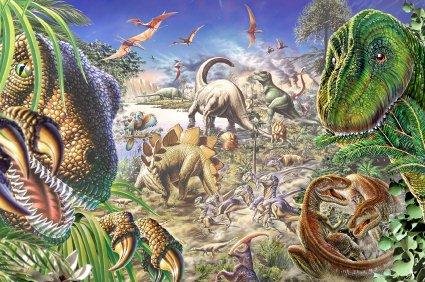
Plant eating Dinosaurs of the Cretaceous - Herbivores
- Ankylosaurus
- Ceratops
- Corythosaurus
- Edmontosaurus
- Euoplocephalus
- Iguanodon
- Maiasaura
- Minmi
- Notoceratops
- Ornithomimus
- Protoceratops
- Saurolophus
- Stegoceras
- Styracosaurus
- Triceratops
At this time in history, many new plants and flowers appeared. This helped many of the plant eating dinosaurs to flourish, but some did not. For example, the Stegosaurus dinosaurs were replaced by armoured ankyosaurs - plant-eaters with heavy, bony clubs on their tails
What type of plants did they eat? Find out all about the Cretaceous Plants in their diet.
Omnivore Dinosaurs of the Cretaceous
- Gallimimus
- Ornithomimus
- Troodon
- Wannanosaurus

Carnivorous Dinosaurs of the Cretaceous - Meat Eaters
- Albertosaurus
- Baryonyx
- Carnotaurus
- Deinonychus
- Giganotosaurus
- Spinosaurus
- Tyrannosaurus Rex
- Tyrannotitan
- Velociraptor
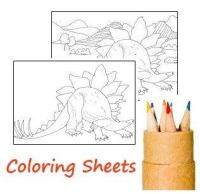
Kids-Dinosaurs › Cretaceous Dinosaurs
This site contains affiliate links. Please read my advertising disclosure.
Download and print!
Only $3
GIANT 32 page Dinosaur Coloring Poster for classroom art. $4






